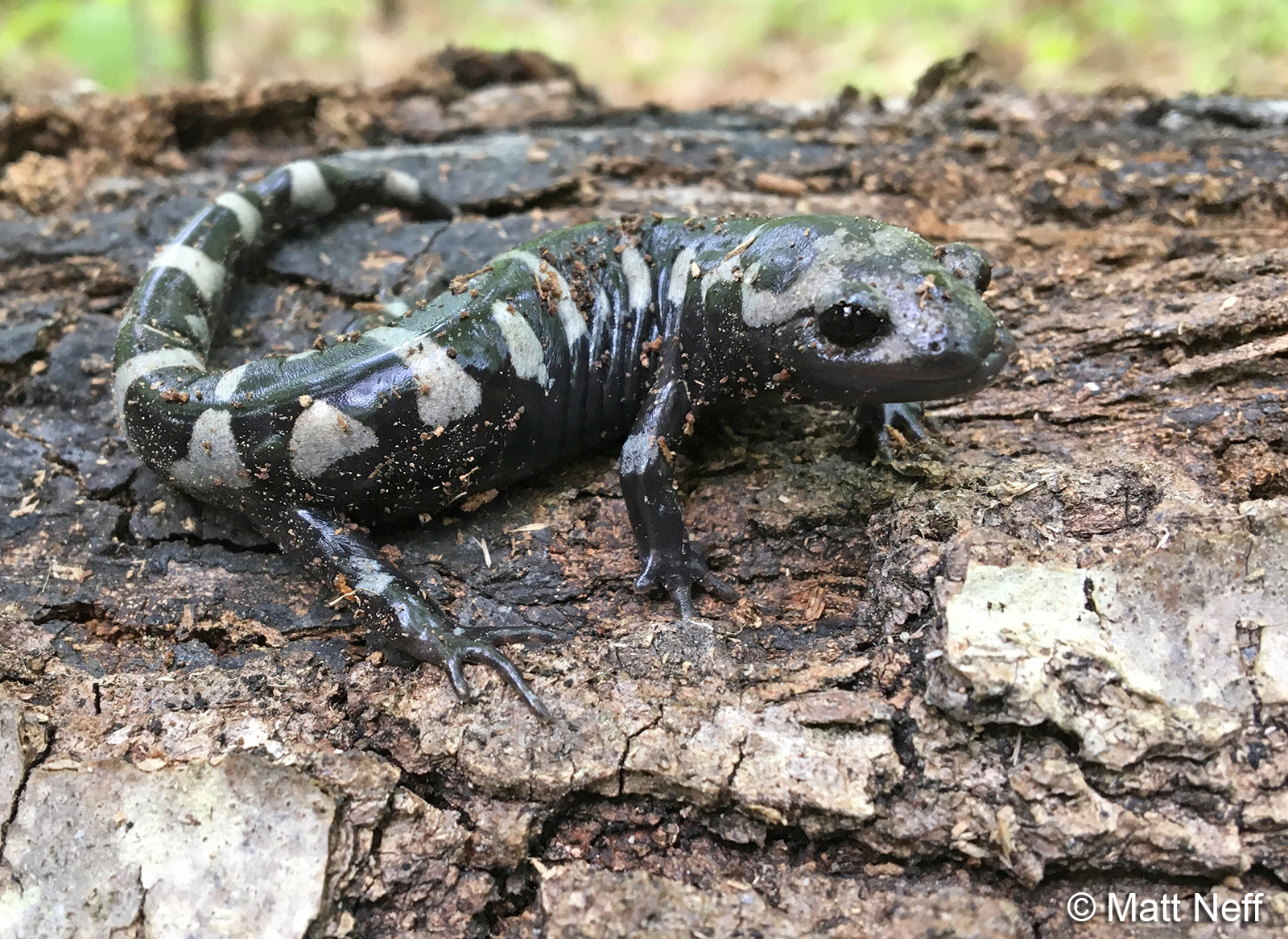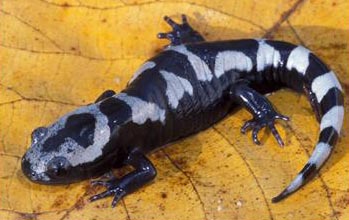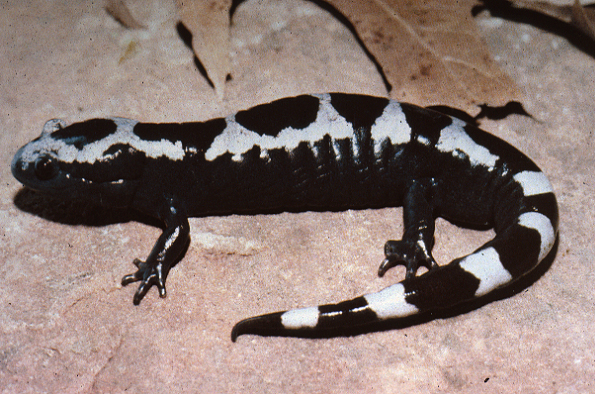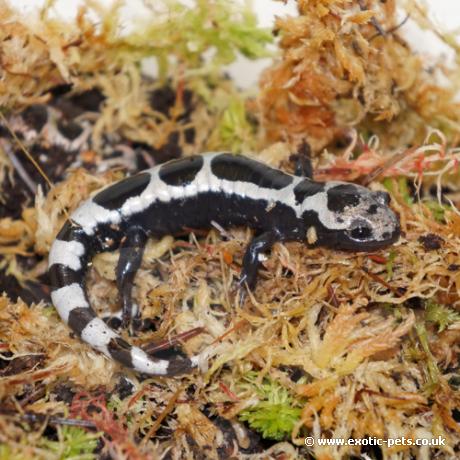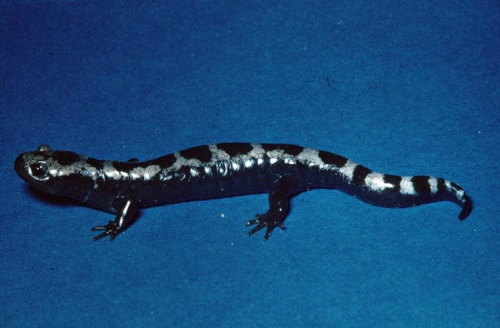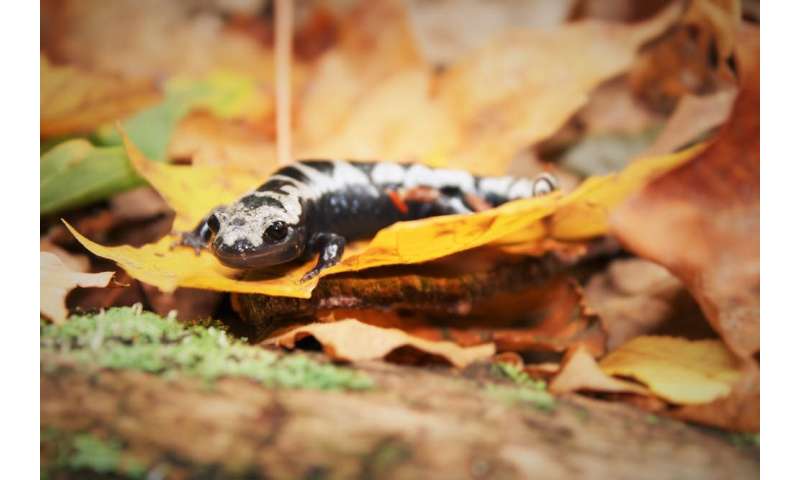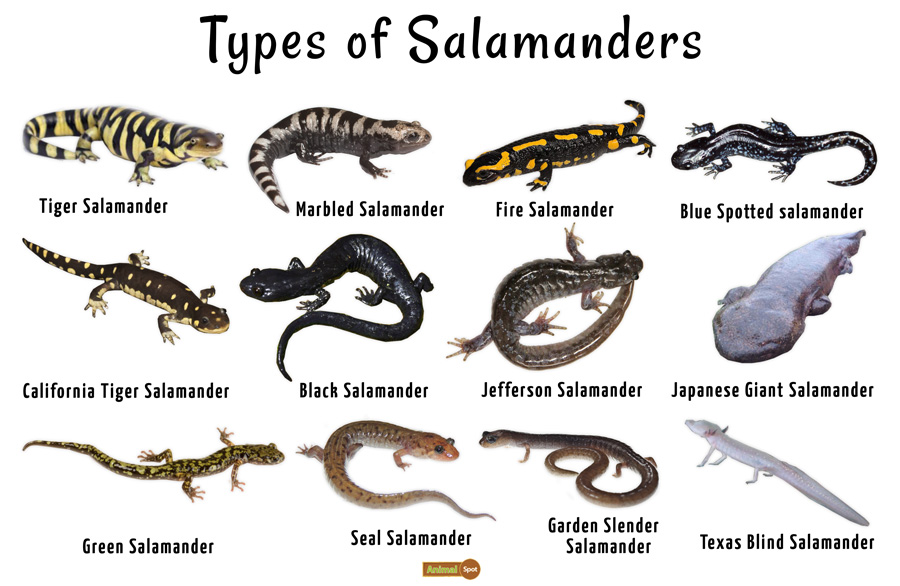Marbled Salamander Adaptations
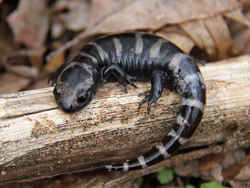
Marbled salamanders have a long life comparatively.
Marbled salamander adaptations. Marbled salamander distribution in massachusetts based on the natural heritage database records from 1980 2006. Marbled salamanders grow to about 3 5 4 25 in 9 10 7 cm in size and are stout bodied and chubby in appearance. Breeding site fidelity and dispersal there is some evidence of breeding site fidelity among adults williams 1973 scott 1994. It can be found in a variety of habitats from moist sandy areas to dry hillsides.
Disjunct populations are found in eastern missouri central illinois in northwest ohio. Adults can grow to about 11 cm 4 in small compared to other members of its genus. The bands of females tend to be gray while those of males are more white. Diet adult marbled salamanders eat invertebrates including earthworms slugs snails centipedes and a variety of insects.
They live for about 8 years to 10 years on average. Like most of the mole salamanders it is secretive spending most of its life under logs or in burrows. The marbled salamander is a stocky boldly banded salamander. The marbled salamander is one of the smaller ambystomatid mole salamander species found in north carolina with adults only reaching lengths between 3 4 inches.
Even other relatively bigger amphibians also prey on marbled salamanders. Background marbled salamanders are distributed across the eastern us from new hampshire to northern florida and west to lake michigan in the north and texas in the south 1 the species generally inhabits deciduous forest and prairie and is absent from much of the appalachian mountains 1 2 in massachusetts it is present at relatively low abundances partially due to being at the extreme. Ambystoma opacum the marbled salamander is found throughout most of the eastern united states from massachusetts west to central illinois southeastern missouri and oklahoma and eastern texas south to the gulf of mexico and the carolina coast it is absent from peninsular florida. Deciduous and mixed forests adjacent to vernal pools.
Eggs are laid in the fall under coarse woody debris while the pools are dry. The most interesting adaptation of the salamander is a structural one. Female guards the eggs until pool is flooded. It spends most of its time in a burrow in leaf litter or under bark and logs.
Habitat photo for marbled salamander courtesy of rebecca chalmers. As with many ambystomatids the marbled salamander is a relatively stocky species. They can be identified by their black dark brown body including its venter with light white silvery crossbands on the dorsum. Having an overall dark gray or black body the marbled salamander gets its name from the 4 7 white.
When something snags its tail the salamander will drop its tail and run away.
